DeepSpring
TPF Noob!
- Joined
- Jul 12, 2006
- Messages
- 1,451
- Reaction score
- 0
- Location
- Los Angeles
- Website
- www.joshualights.com
- Can others edit my Photos
- Photos OK to edit
I have noticed lately that sometimes when I shoot portraits outdoors with my 430ex, more so with direct light then bounced in an umbrella, I end up with a slight blueish tint to where the light hits.
Are the flashes balanced to indoor light which is only about 3200K? Will putting a daylight gel in front of it bump it up to 5500K like it does with constant lights for movies?
Are the flashes balanced to indoor light which is only about 3200K? Will putting a daylight gel in front of it bump it up to 5500K like it does with constant lights for movies?


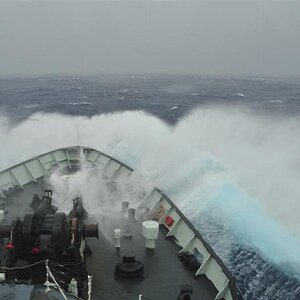
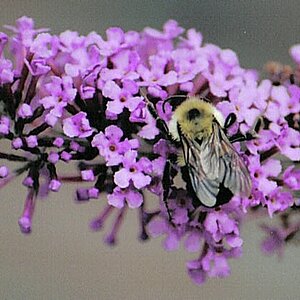

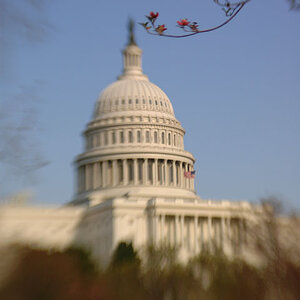
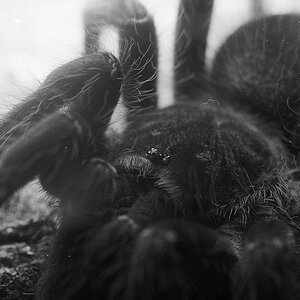
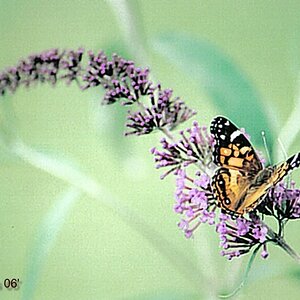

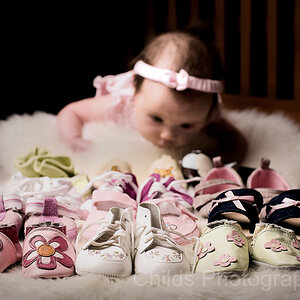
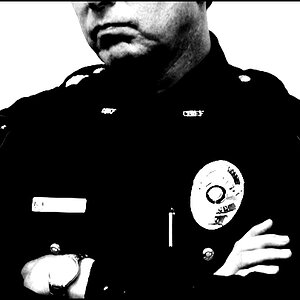
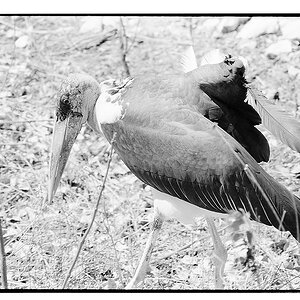

![[No title]](/data/xfmg/thumbnail/32/32701-51bacbc6ea9d40683123c14f053d4742.jpg?1619735603)